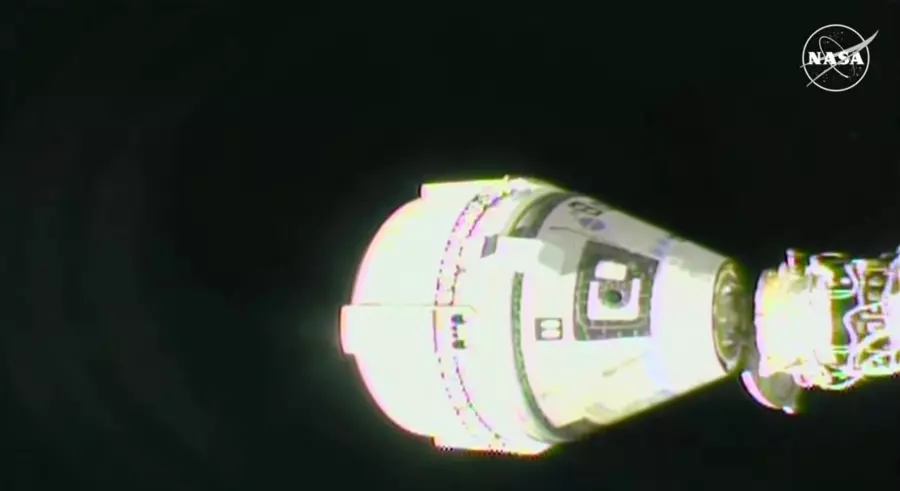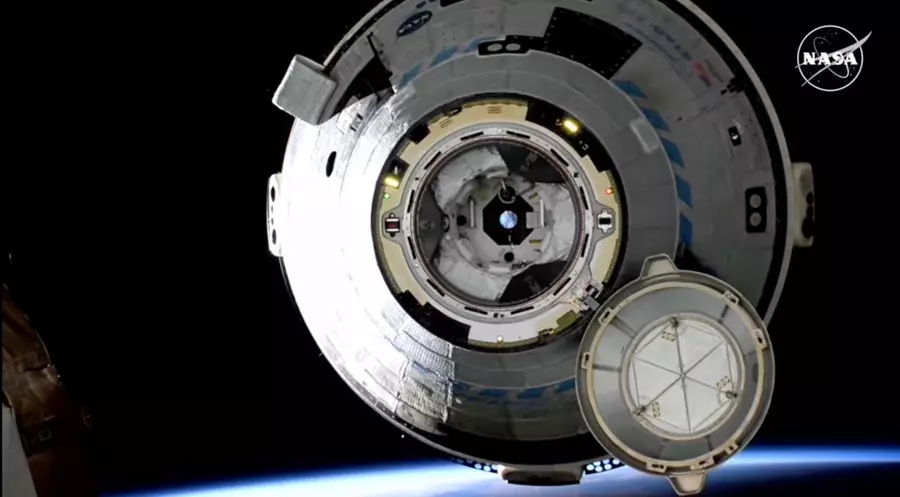After months of concern over its safety, Boeing’s new astronaut capsule embarked on a journey back to Earth without its crew on Friday. The Starliner capsule undocked from the International Space Station (ISS), pushed away by springs, with NASA’s two test pilots remaining behind at the station as their home until next year.
The return flight was expected to take six hours, with a nighttime touchdown in New Mexico’s desert. Astronaut Suni Williams addressed Boeing’s Mission Control before Starliner departed, wishing them luck on the journey home. The two test pilots, Williams and Butch Wilmore, were supposed to fly Starliner back to Earth in June after launching with it. However, thruster failures and helium leaks marred their ride to the space station.
NASA ultimately deemed it too dangerous for the pair to return on Starliner, so the fully automated capsule departed with their empty seats and blue spacesuits along with some old station equipment. SpaceX will take responsibility for bringing the duo back in late February, extending their original eight-day mission to more than eight months.
Boeing’s first astronaut flight marks a journey filled with delays and setbacks. After NASA retired the space shuttles over a decade ago, the organization hired Boeing and SpaceX for orbital taxi service. However, Boeing encountered numerous problems on its first test flight with no crew aboard in 2019, necessitating a repeat of the mission. The 2022 do-over revealed further flaws, with repair costs reaching over $1 billion.
In contrast, SpaceX has already completed nine crew ferry flights for NASA since 2020. The Dragon capsule will launch on another half-year expedition later this month with only two astronauts aboard, as two seats are reserved for Wilmore and Williams for the return leg. As experienced astronauts and retired Navy captains, Wilmore and Williams were prepared to face challenges during their test flight.
Even before their June launch, Starliner’s propulsion system was leaking helium. The leak was small and initially thought to be isolated; however, four more appeared after liftoff. Additionally, five thrusters failed, with only four being recovered. This raised concerns within NASA about potential malfunctions that might hinder the capsule’s descent from orbit.
Boeing conducted multiple thruster tests in space and on the ground over the summer, ultimately convincing themselves that their spacecraft could safely return Wilmore and Williams to Earth. However, NASA disagreed and opted for SpaceX instead. Flight controllers planned more test firings of the capsule’s thrusters following undocking.
Engineers believe that as the thrusters are fired more frequently, they become hotter, causing protective seals to swell and restrict the flow of propellant. Unfortunately, these parts will not be examined, as the section holding the thrusters will be discarded just before reentry.
NASA’s commercial crew program manager, Steve Stich, mentioned earlier this week that teams have been so focused on Starliner’s return that they have had no time to consider what comes next for Boeing. The space agency remains committed to having two competing U.S. companies transporting astronauts.











